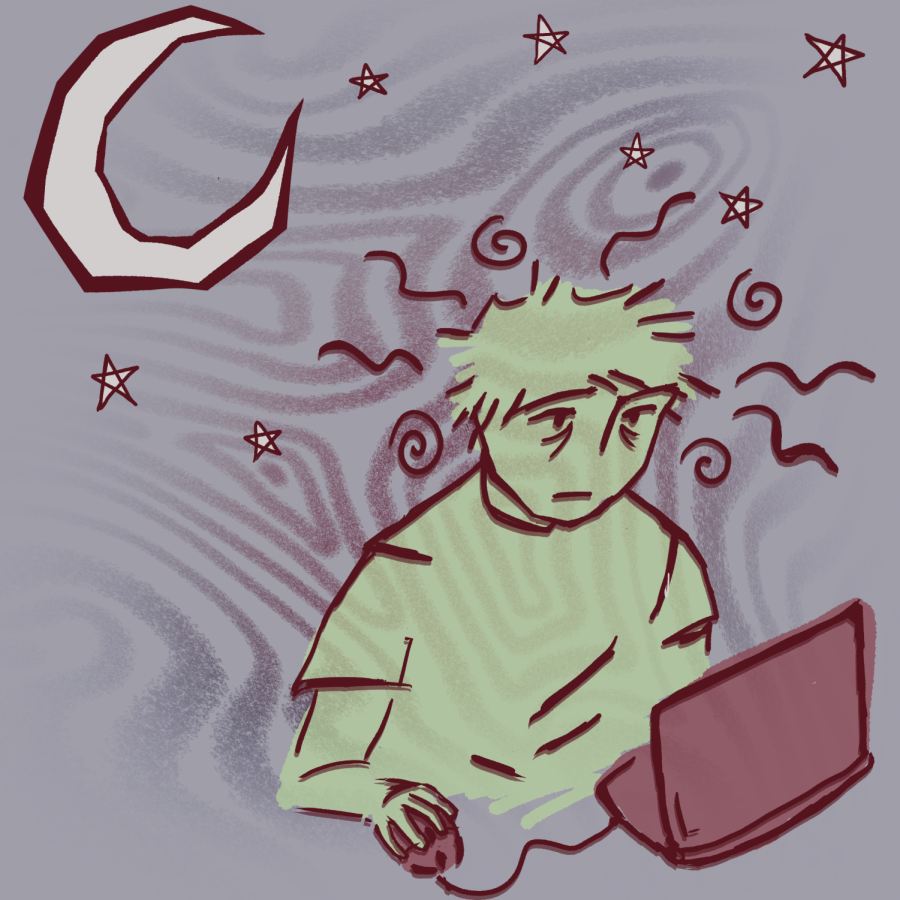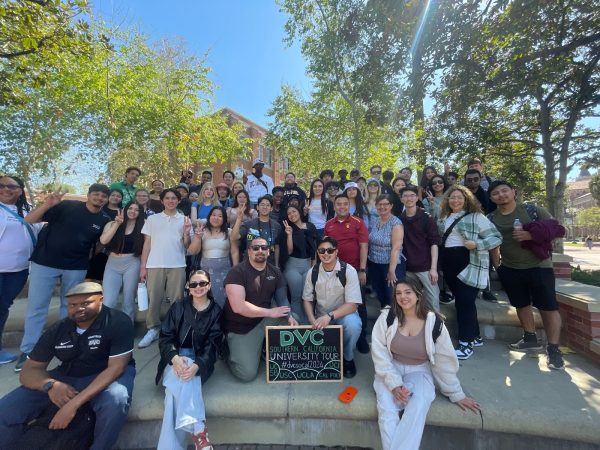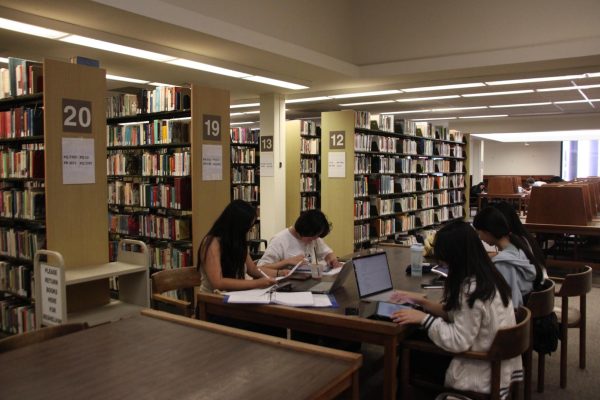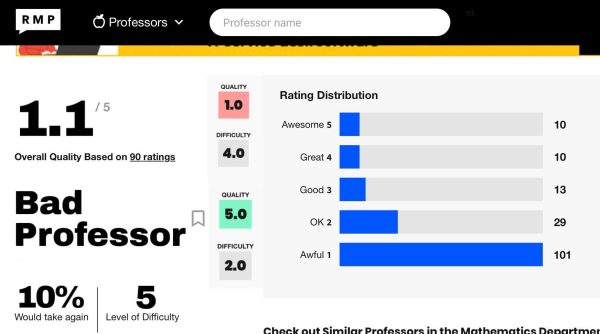Is Pulling an All-Nighter The Key To Good Grades, or Bad Health?
Cristian Martinez was recently asked to stay behind at work, so he ended up arriving home a little past midnight. But his evening wasn’t over yet: he would have to spend some more time studying if he wanted to ace his upcoming test.
“It happened to be the only time I had for myself, so I knew I had to take that chance to study,” said Martinez, 22, who went on to describe a sleepless night spent sipping coffee as he pulled what’s known as an all-nighter.
All-nighters are a common practice in college, where students manage to stay up all night working hard on homework or studying for a big exam they have the next day. All-nighters generally mean complete sleep deprivation and zero hours of rest.
During their time in college, students are exposed to a variety of ways to structure their time as they attempt to reach their goals. Many must figure out how to balance multiple classes over the course of a semester with extracurricular activities such as clubs and programs, while also still carving out time for themselves.
While some people believe college is for living it up—partying to the fullest and having a crazy time—for others it’s a period in which to take their work seriously and devote themselves to intensive study, creating pathways for a better future.
But regardless of their work ethic, students must know that sleep is essential for stress management and maintaining good mental health as it not only allows our bodies to relax but also our minds and brains.
Among those students who are pushing especially hard, a question arises: How much will they neglect their own health in pursuit of grades and studies?
Alana Young, a DVC psychology major, said there are real costs involved when she routinely pulls an all-nighter.
“I really want to break the habit, because although pulling an all-nighter gives you more study time, the next day you just feel like a zombie,” Young said.
Sleep deprivation leads to other side effects, which can hit people differently—but one thing most students agree about is that recovering from an all-nighter hurts.
Young, for example, knew she would need caffeine to get her through the entire next day when she had other classes to attend. But for many students, drinking that much caffeine can lead to greater anxiety or delayed exhaustion.
Vanessa Mejia is no stranger to the “all-nighter train” as she works to succeed in her communication and public relations degree. Asked how she recovers from those sleepless nights, she said, “You’ll be surprised. Sometimes just the adrenaline and the stress keeps me up enough for the day.”
For Mejia, like for so many dedicated students, pulling an all-nighter is sometimes the only way to preserve her stellar grades—despite the health consequences that can come as a result. “I want to maintain a high GPA so it’s very important for me to pass all these classes,” she said.
So how can students do their best to maintain personal health with so little time to study?
Reflecting on his four years spent at DVC, Martinez said he has tried to dedicate at least two hours a day to relaxing his mind through hobbies that leave him stress-free and more joyful, like going out with friends. “If I go a week without at least some fun, my mind will begin to go into a deep spiral of stress,” he said.
Martinez suggested there were better and healthier study strategies than pulling all-nighters.
“I know not many people necessarily enjoy the morning, but it’s an underrated time of the day” to get work done, he said. Martinez said students shouldn’t be afraid to wake up fresh and early with a nutritious breakfast and begin to study before the day completely starts.
But not everyone even has those moments at the beginning of the day to work. Mejia, who is taking 15 units this semester and participating in two clubs, said, “Time is already being consumed during the day, so I’ll have to use the night to study.”
Which raises a question that many students in her situation ask: What would you do for an A?
(Illustration by Ericka Carranza)














































































